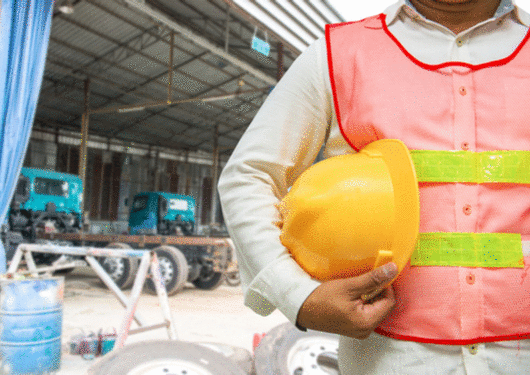
Visit Our Sponsors |
|
|
|
|
|
|
|
|
|
|
|
|
|
|
|
|
|
|
|
|
|
|
|
|
|
|
|
|
|
|
|
|
|
|
|
|
|
|
|
|
|
|
|
|
|
|
|
|
|
|
|
|
|
|
|
|
|
|
|

The land here regularly floods in the rainy season, which meant work crews needed more than 500 truckloads of dirt a day to raise the parcel by more than 11 feet out of the danger zone. The facility required concrete pilings poured 82 feet below ground, on account of earthquakes.
When finished, the factory — the centerpiece of a $200m investment — will sit 600 miles southeast of Delhi in a tiny impoverished village in the eastern state of Bihar, a place with a rich history of government corruption scandals. The new site, handpicked by a powerful local politician, is reachable via narrow, twisting roads choked with buses, cars and rickshaws, a three-hour journey from the state capital on a good morning.
This is GE in the age of localization — the company’s survival strategy for an era of slowing global trade, rising protectionism, and increasingly powerful foreign customers, all of which is forcing manufacturers to put down deeper local roots to win business.
“Even many Indian companies would think five times” about building in Marhaura, says Banmali Agrawala, GE’s India CEO. “But we said yes to it.”
GE grew from a merger of electric companies in 1892 — including one founded by Thomas Edison — into a global conglomerate by building in the U.S. and exporting abroad. After World War II, GE began to build global supply chains through manufacturing hubs in advanced economies such as Japan, France and Germany. By the late 1990s, as the pace of globalization quickened, GE became the ultimate global player, making jet engines, power turbines and MRIs in the most economically efficient manner it could devise. Now that world is slipping away.
RELATED CONTENT
RELATED VIDEOS
Timely, incisive articles delivered directly to your inbox.

